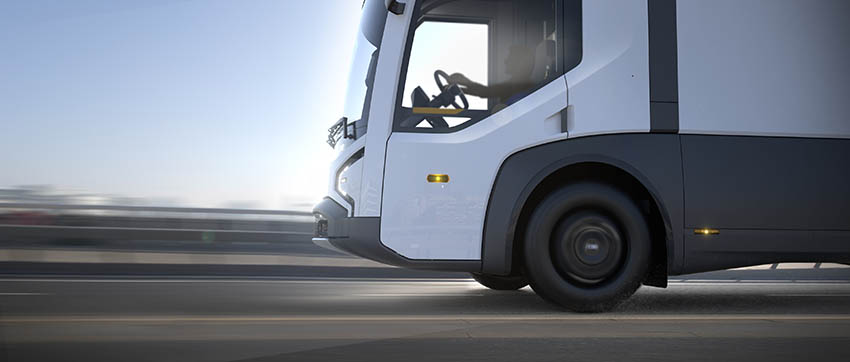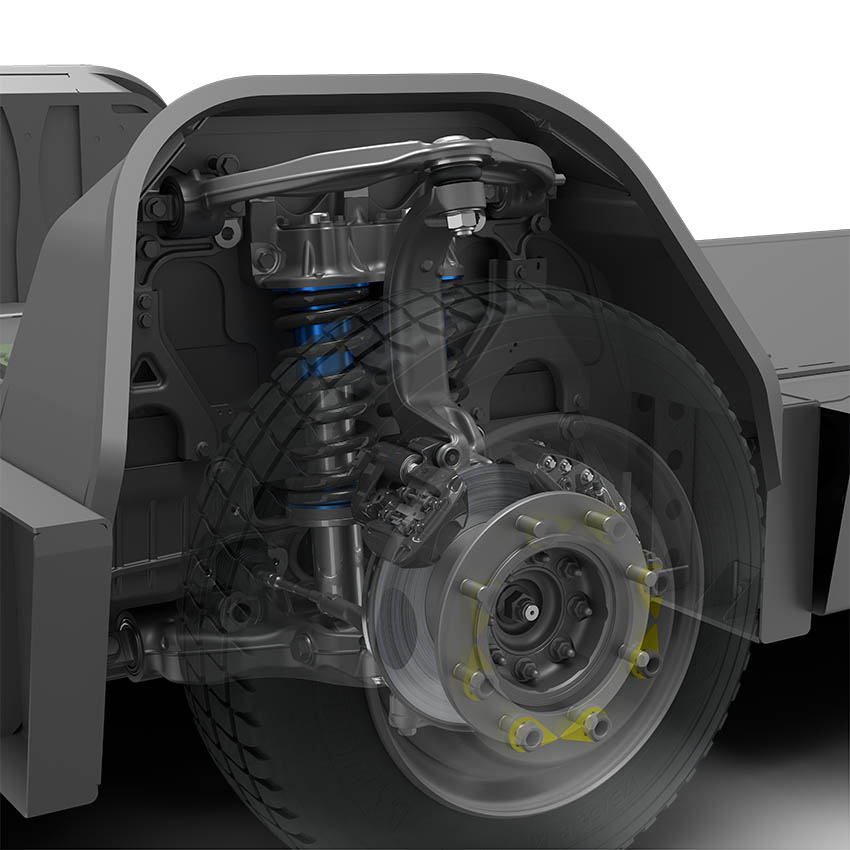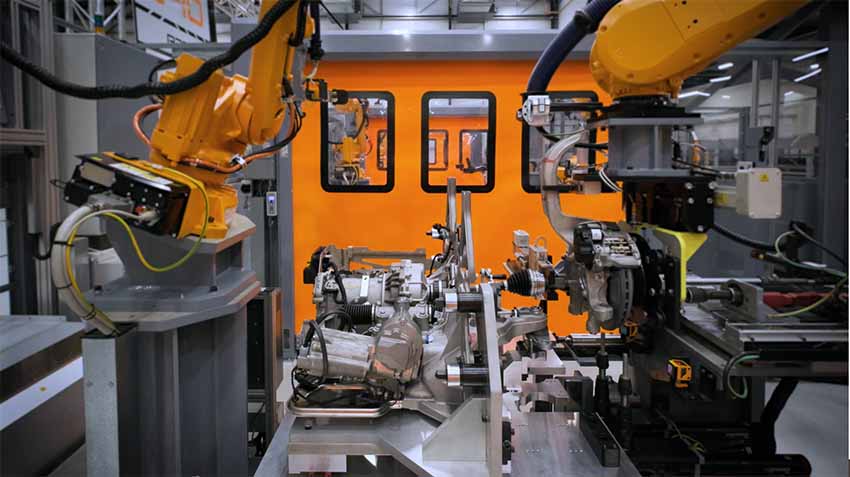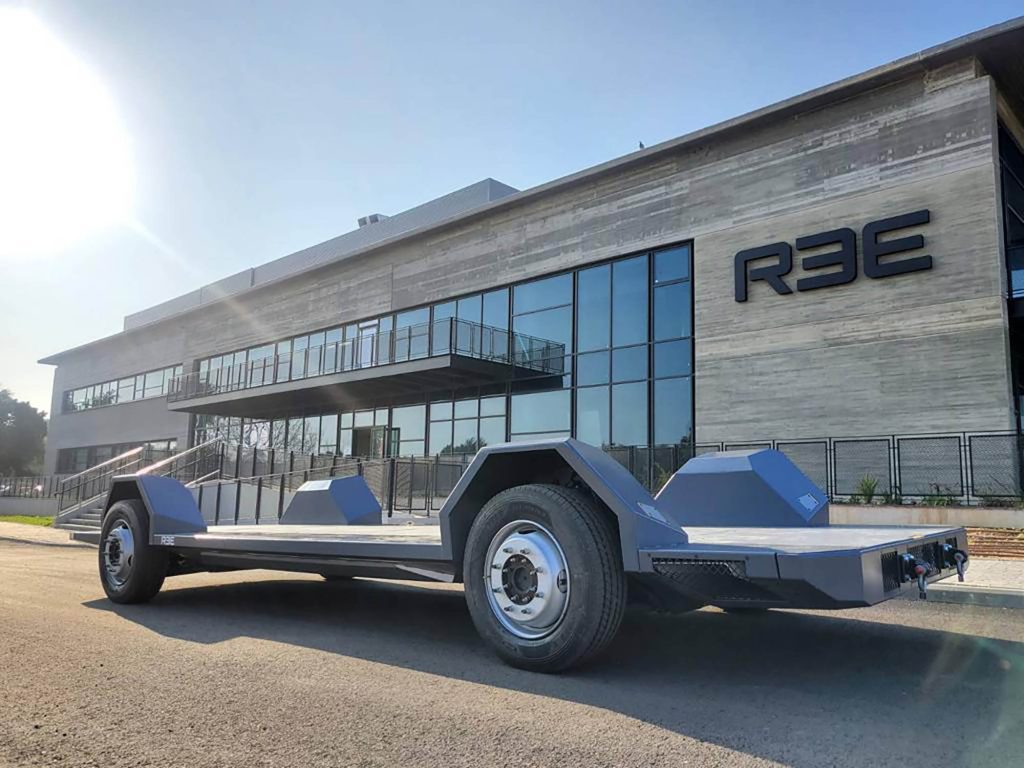REE Automotive is an automotive technology company specializing in fully by-wire electric trucks and platforms, leading the way in reimagining the future of fleet electrification. The company is at the forefront of reimagining the future of fleet electrification, enabling companies to create mission-specific electric vehicles (EVs) of any size or shape using their modular P7 platform.
At the heart of their innovation is the REEcornerTM, which seamlessly integrates critical vehicle components like steering, braking, suspension, powertrain and control into a single compact module positioned between the chassis and the wheel. Each component is individually controlled by x-by-wire technology, resulting in a fully flat platform from end to end.
Interview with Peter Dow, Vice President of Engineering at REE Automotive.
Easy Engineering: What are the main areas of activity of the company?
Peter Dow: REE’s primary focus revolves around empowering companies to design and build electric vehicles tailored to their specific needs. The REEcornerTM allows creativity when designing a vehicle with almost no limit to its applications. These platforms are not only highly customizable but also future-proofed, autonomous-capable and compatible with virtually any body design. We complete, not compete, and have established a partner ecosystem with other industry leaders to deliver synergistic solutions throughout the value chain, providing comprehensive turnkey options for consumers.

E.E: What’s new about your products?
P.D: REE believes it will be the first to certify and introduce a commercial truck operating fully by-wire to the market. By-wire systems eliminate the need for mechanical connections between the wheels, enabling a fully-flat chassis, driver position flexibility, low step-in height and improved vehicle maneuverability. By-wire technology also improves safety through redundancy and fault tolerance for commercial and medium-duty vehicles.
The introduction of the REEcorner™ and x-by-wire technology marks a significant transformation in the landscape of commercial EVs. REEcorners™ are aimed to allow customers to benefit from mission-specific vehicles purpose-built for their exact needs, so they are not limited to just off-the-shelf offerings.
E.E: What are the ranges of products?
P.D: We are currently offering stripped chassis and chassis cab configurations of the P7 platform. Designed for urban environments, the P7-C chassis cab is Class 4 and offers operational efficiencies such as optimal maneuverability, zero emissions, a low step-in height, a high cab roof, large volumetric efficiencies and excellent visibility.

The Class 5 P7-S stripped chassis provides customers with complete flexibility in body design. Fleet owners can fully customize their vehicle’s configuration, accommodating multiple electric vehicle-specific designs. The P7-S aims to streamline the development of electric commercial vehicles, reducing time to market and enabling fleets to create their commercial vehicle brand.
E.E: At what stage is the market where you are currently active?
P.D: As more and more fleets are making the transition to electrification, some states are requiring zero-emission vehicles, and many customers are demanding sustainable practices from the delivery companies they work with.
E.E: What can you tell us about market trends?
P.D: A significant driver of the demand for commercial EVs is the influence of state incentives and the federal tax credit for electric commercial vehicles, which was introduced as part of the Inflation Reduction Act.
REE is focusing on designing our vehicles to help fleets meet requirements for federal and state tax incentives, which can offer substantial credits of up to $140,000 to offset the purchase price of an electric vehicle.

Fleets are showing a growing interest in understanding how they can utilize EV technology to reduce Total Cost of Ownership (TCO). While the incentives help, the substantial serviceability advantages offered by REEcorner™ modules are intended to be a big driving factor in reducing maintenance costs and vehicle downtime. In the event of maintenance needs, these modules can quickly be replaced in under an hour, minimizing vehicle downtime and maximizing operational efficiencies by potentially driving down TCO. Since all four REEcorners™ on a Powered by REE vehicle are the same, maintenance is designed to be especially efficient with each service center only needing to carry one part number for all maintenance needs.
E.E: What are the most innovative products marketed?
P.D: The REEcorner™ revolutionizes electric vehicle design by integrating steering, braking, suspension, powertrain, and control into a module positioned between the chassis and wheel. This invention, supported by 160 patents, enables an autonomous-ready modular platform with four identical REEcorners™ that are independently controlled by-wire allowing for versatile vehicle applications. Much like how Intel powers computers and allows companies to focus on what they do best (making a product their customers crave), REEcorners™ can power any size or shape of vehicle and allow automakers to focus on what matters most to them – creating and designing the future of mobility and vehicle technology. REE’s plan is to allow any original equipment manufacturer (OEM) that partners with REE to be able to white label a vehicle powered by REE, and the OEM can utilize the volumetric efficiencies for more cargo, improved occupant cabins, etc. Initially, REE created the REEcorner™ with the intention to expedite the transition to electrification and allow cities, fleets and individuals to meet their zero emissions goals and create a greener world.

E.E: What estimations do you have for the rest of 2023?
P.D: 2023 has been a big year for us. We are progressing towards full vehicle certification, and have already achieved EPA certification and have confirmed FMVSS certification feasibility of our x-by-wire systems – which was important because no one has certified by-wire drive, brake and steering systems in a vehicle before. So now, we need to complete the FMVSS certification and become CARB certified before we start delivering vehicles to customers. We already have an approximate $40 million order book and we are eager to start those deliveries, planned for later this year.
Product Links:

